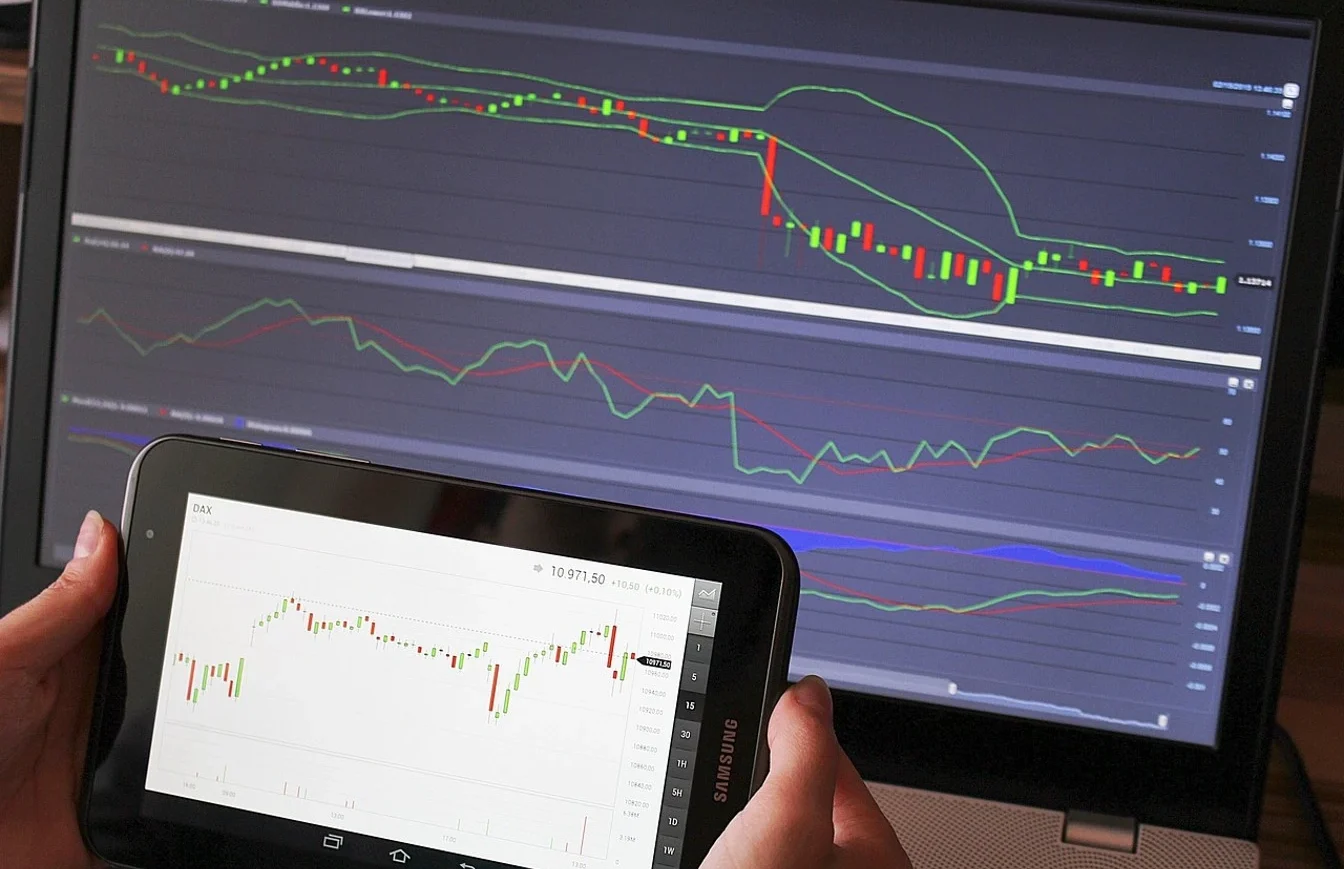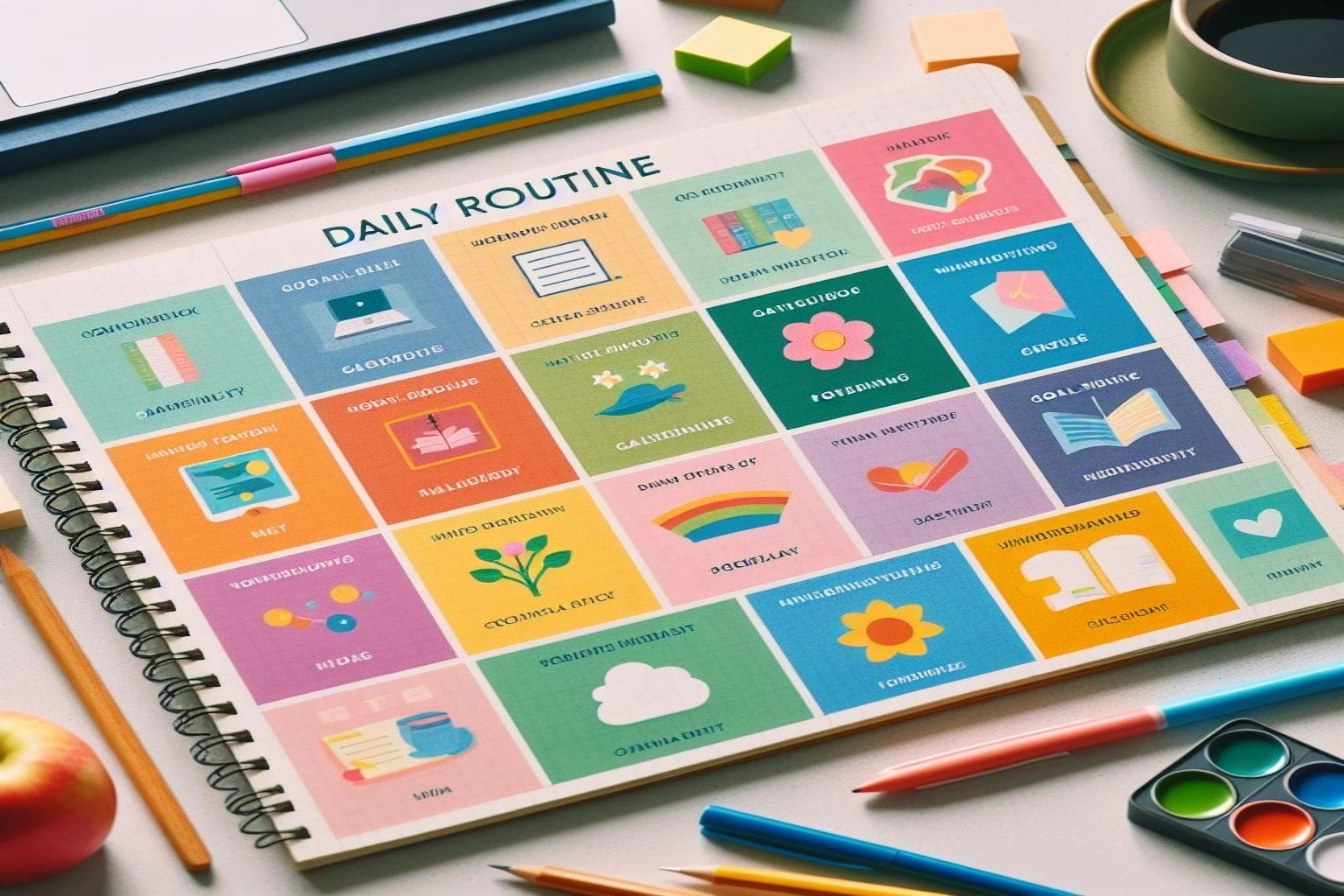
Introduction:
Day trading has seen immense growth in popularity over the last few years. However, the downside of this growth is the spread of many myths, misconceptions and just plain bad information. In this article, we are going to address some of these false beliefs that seem to be everywhere.
Myth #1: You Have to Day Trade Every Single Day
This is one of the biggest and most dangerous myths out there. Many new traders get caught up in the idea that to be successful at day trading, you need to be making dozens or hundreds of trades every single day, no matter what. They end up recklessly overtrading whether or not good opportunities are even there.
The reality is that you absolutely do not have to trade every day to make money as a day trader. As a successful trader, you have to have patience and discipline. You wait for the right setups according to your plan, and only then do you execute.
Overtrading usually stems from the need to “feel” active or the greed to hit home runs every day. But in truth, even the best professional traders may only make 1-2 trades on an average day, and often go multiple days without any trades. We are ruthlessly selective and trade only the highest conviction ideas. We do not force mediocre trades out of boredom. Remember, less is often more when it comes to active trading. Patience is what separates the pros from amateurs.
Myth #2: You Need a Large Amount of Capital to Start Day Trading
This myth has some truth to it, but the full reality is more nuanced. There are stories of traders starting with accounts of just $500 or $1000 and making it work. At the same time, most successful professional traders do recommend having a minimum of around $30,000 – $40,000 to day trade full time.
Why is that? Well, when trading with a smaller account balance, you are much more limited in the number of positions you can take at once. This means you miss out on additional profit opportunities. You also have less margin for error – one mistake can set you back significantly. And brute math means your raw dollar returns will be small, even if your percentage returns are excellent.
However, you absolutely can start day trading profitably with just a few thousand dollars if you manage risk and expectations properly. I’ve seen traders do well starting with $2,000 or even less. You just have to adjust your position sizing accordingly and shoot for singles and doubles rather than home runs.
Myth #3: There is a Magic “Holy Grail” Day Trading System or Strategy
This is a persistent and dangerous myth. Newbie traders are always on the hunt for that one “magic” system, indicator or guru that will hand them instant profits on a silver platter. They want a rigid set of rules to follow that will guarantee them riches without effort.
The reality is that the market is far too complex and dynamic to ever have one system that works perfectly in all conditions. Successful trading requires constant flexibility, adaptability and nuance. You have to adjust your approach based on changing market conditions. You need an arsenal of strategies and tools that you can deploy rather than just one rigid approach.
Anyone who claims to sell the magic “holy grail” system that will make you rich is almost surely a scammer. Profitable trading requires hard work, skill, and ongoing learning. Beware of any “black box” systems that promise to do all the analysis for you while you sit back and collect the profits. There are no shortcuts when it comes to beating the market. Dedication to mastering the craft is a must.
Myth #4: You Need a Ton of Indicators to Be a Successful Trader
Another common myth is that profitable trading requires a messy chart cluttered with tons of indicators and overlays. Beginner traders often fall into what I call “analysis paralysis” – where they keep adding more and more indicators thinking it will improve their trading. The result is usually confusion, not clarity.
In reality, all you need to achieve success is a basic price chart and volume. That’s it. Price action and volume give you all the core data needed to identify high-probability trade setups. Indicators can be useful at times to confirm trends or overbought/oversold levels, but they lag price. They tell you what has already happened, not necessarily what will happen next.
My advice is to avoid overload on indicators when you start out. Pick 1-2 key indicators at most and learn how to use them effectively in the context of price action. Adding too many indicators usually does more harm than good for most new traders. Always remember that the underlying price chart itself contains all the essential data already. Master reading raw price action first and foremost.
Myth #5: Fancy Equipment Will Improve Your Trading
Many new day traders think that purchasing expensive, state of the art trading computers and multi-screen setups will improve their trading results. They assume that pro traders must have half a dozen monitors and top of the line specs to gain an “edge”. While nice to have, this is more myth than reality.
The truth is you can become a consistently successful trader using just an everyday laptop or desktop PC. I know traders who turn six-figure profits trading only from their mobile phone screens! At the end of the day, your screen resolution or PC specs don’t affect your profitability much. Things that do matter are your trading strategy, risk management approach, and psychology.
Of course, having a fast, reliable computer helps avoid technical issues, and multiple monitors can increase productivity. But don’t fall into the trap of thinking that fancy tech tools will automatically transform you into a trading pro. Improving your skills through study and screen time is far more important than your hardware. Don’t buy into this myth.
Myth #6: You Must Have a College Degree to Day Trade
Another common misconception is that having a university degree, especially in finance or economics, is essential to day trading success. The reality is there are no legal educational requirements to start day trading and many profitable traders did not attend or finish college.
Trading requires a mix of pattern recognition, quick analytical skills, emotional discipline, statistical reasoning, and more. Many of these skills can be acquired through self-study of trading materials or mentoring from experienced traders. Of course, having an educational background in subjects like statistics or finance can help. But real-world trading experience trumps book smarts alone.
The barrier to entry for trading is low. You can open an account and start sharpening your skills in minutes, no college degree required. Passion for trading and willingness to learn through experience are far more important indicators of potential success than academic credentials. Don’t let a lack of college degree discourage you from pursuing day trading if you have the interest.
Myth #7: You Need Thousands of Dollars Just to Get Started
We’ve touched on this myth already, but it’s worth reiterating that you absolutely can start day trading profitably with just a few hundred or thousand dollars. While accounts of at least $25,000-$30,000 are recommended for full-time trading, you can start small and grow.
With a small account of even just $500-$1000, you obviously can’t expect to pull in huge raw dollar profits right away. But with proper risk management, you can aim for consistent strong percentage returns, which you can then compound into larger dollar gains. Patience and scaling in over time is key.
Instead of focusing on making say $100 per day, aim to make 5%-10% a month on your account balance. Use tight stop losses and appropriate position sizing relative to your account size. $100 per day may be less than 1% gain on a $30K account, but could be a 10% gain on a small $1K account. It’s all about percentages.
The point is, don’t let a small account balance deter you from getting started. Set reasonable growth targets based on percentages, not fixed dollar amounts. Use smart risk management and the power of compounding. Trading skill matters far more than initial capital. Start small if needed, proof your edge, then scale up.
Myth #8: Every Stock Will Eventually Bounce Back
There is a dangerous myth floating around that any stock you buy that has fallen hard is sure to bounce back over time. This leads newbie traders to risk way too much capital averaging down on dying companies hoping for a comeback that may never come.
While the overall stock market does trend higher over decades, individual stocks do not always recover from crashes. Plenty of former high flyers like GoPro, Fitbit and Peloton have lost 70%, 80% or more of their value and never reclaimed their old highs. Catching falling knives is perilous.
Don’t throw good money after bad hoping a stock will rebound. The company fundamentals and financials may be deteriorating with no turnaround in sight. Do your due diligence before averaging down. High quality companies with solid leadership and fundamentals are better candidates for recovery. But blindly buying dips in any downtrending stock is playing with fire.
Myth #9: Day Trading is Easy
Finally, the myth that day trading is easy and anyone can do it without much effort needs to die. This is completely false. Profitable, consistent day trading requires massive amounts of skill, discipline and determination to build over many years through dedicated practice and education.
While getting started in day trading is easy in terms of account opening requirements, mastering the mental game of trading is extremely difficult. Being able to manage fear, greed and other emotions when real capital is on the line separates those who succeed from those who fail. Developing the pattern recognition skills needed to identify advantageous trade setups quickly takes thousands of hours of screen time.
If you aren’t willing to commit to ongoing market research, skill development, and likely losses as you learn, day trading is not for you. Don’t underestimate the challenges. Expect setbacks, frustration and periods of doubt requiring mental toughness to push through. Day trading profitably is not impossible but certainly far from easy. Respect the difficulty.
Key Takeaways:
- Patience is crucial – don’t feel compelled to overtrade every day. Wait for high-probability trade setups.
- You can start with a small account, just have reasonable expectations in terms of scaling.
- No magic “holy grail” systems exist. Adaptability and constant learning are key.
- Indicator overload usually leads to confusion. Focus on mastering raw price action first.
- Psychology, risk management and screen time matter more than expensive tech.
- Individual stocks don’t always rebound. Trade rationally, not based on hope.
- Expect difficulty and commit 100% if you want to succeed at day trading long-term.
I hope this article shatters some of the biggest myths surrounding day trading and gives you an accurate depiction of how challenging yet rewarding it can be as a career. Let me know if you have any other day trading questions!







